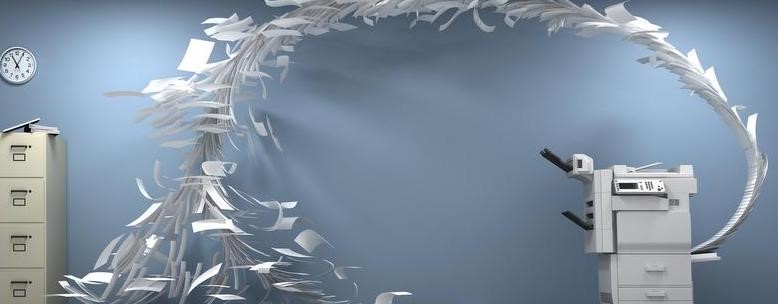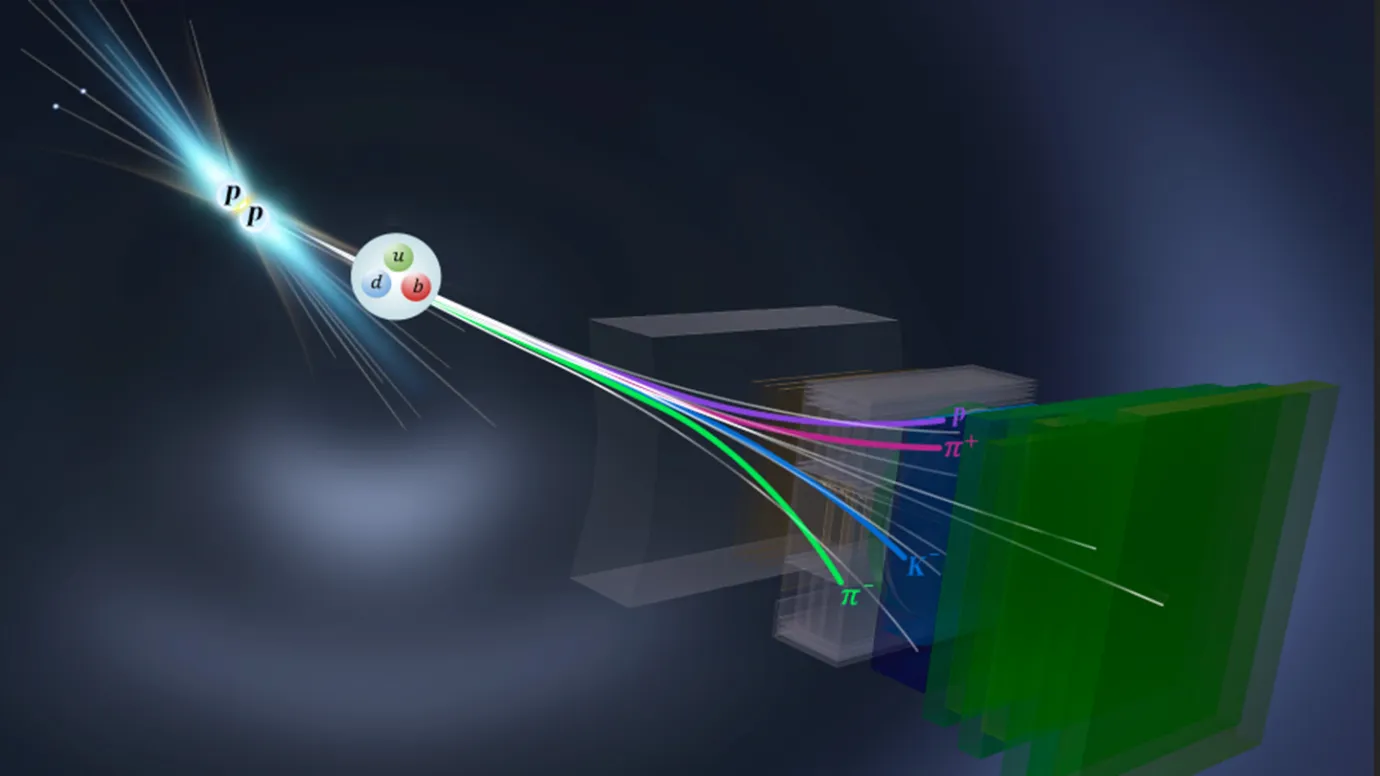Description

Disclaimer: Copyright infringement not intended.
Context
- October 22 marks the day in 1938 when physicist Chester Carlson introduced his invention of the xerographic process.
Details
- Xerography, a dry photocopying technique, revolutionized the way documents were duplicated, laying the foundation for modern-day photocopying and printing.
- This electrostatic process was invented by American physicist Chester Carlson in the 1930s and eventually led to the establishment of the Xerox Corporation.
Principles of Xerography
- Electrostatics: Xerography relies on the principles of electrostatics. A photoconductive surface is initially charged and then exposed to light, creating a latent electrostatic image.
- Photoconduction: The photoconductive surface is a material that becomes conductive when exposed to light. In the case of xerography, this material is typically a semiconductor like selenium or, more recently, organic photoreceptors.
- Charging: A uniform charge is applied to the photoconductive surface by a corona wire or corona drum.
- Exposure: Light from the original document is shone onto the charged surface. The areas exposed to light become conductive, while the shaded areas remain insulating.
- Development: Negatively charged toner particles are attracted to the areas with positive charge, forming a visible image on the surface.
- Transfer: The toner image is transferred from the photoconductive surface to a piece of paper or other material.
- Fusing: Heat and pressure are applied to fuse the toner particles permanently onto the paper, creating the final copy.

Historical Context
- Invention of Xerography: Chester Carlson developed the concept of xerography in the 1930s and patented the process in 1942. His invention paved the way for the establishment of the Xerox Corporation in the 1960s.
- Commercialization and Impact: The commercialization of xerography through the introduction of the first Xerox photocopier in 1959 transformed office work, making document duplication significantly faster and more convenient.
- Technological Evolution: Over the years, xerographic technology has continued to advance, with improvements in the quality of images, speed of copying, and the introduction of color copying.
Impact on Modern Technology
- Office Automation: Xerography revolutionized office operations, making document reproduction and distribution significantly more efficient and cost-effective.
- Print Industry: Xerography formed the foundation for modern digital printing technologies, leading to the development of laser printers and digital presses.
- Education and Research: Xerography facilitated the dissemination of knowledge by enabling the mass production of textbooks, research papers, and other educational materials.
- Information Accessibility: The accessibility of information increased dramatically with the widespread adoption of xerographic technology, enabling the dissemination of information to a wider audience.
.jpg)
Conclusion
Xerography has not only revolutionized the way information is duplicated but has also significantly impacted various aspects of modern society. Its principles and applications continue to inspire advancements in the field of printing and imaging technology.
|
PRACTICE QUESTION
Q. Discuss the significance of xerography in the context of information dissemination and its impact on modern society. How has the evolution of xerographic technology influenced the development of modern printing and imaging techniques? (250 Words)
|
















